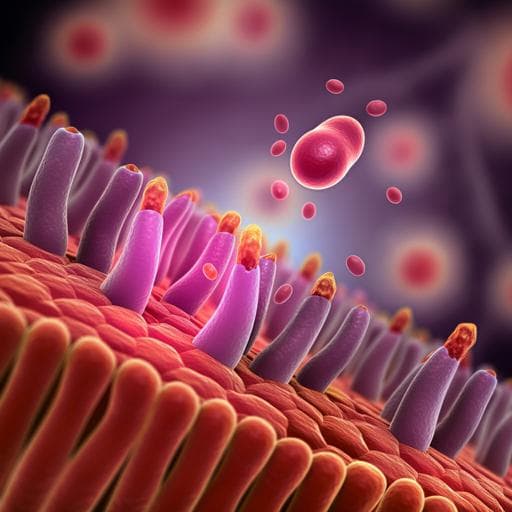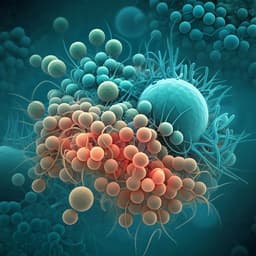
Medicine and Health
Nutritional deficiency in an intestine-on-a-chip recapitulates injury hallmarks associated with environmental enteric dysfunction
A. Bein, C. W. Fadel, et al.
Explore groundbreaking research on environmental enteric dysfunction (EED), a chronic intestinal condition affecting nutrient absorption. This study reveals how key features of EED can be modeled using a human intestine-on-a-chip system created from organoid-derived intestinal epithelial cells from EED patients. Conducted by a team of experts, the findings pave the way for better understanding and potential therapies for this debilitating condition.
~3 min • Beginner • English
Related Publications
Explore these studies to deepen your understanding of the subject.







